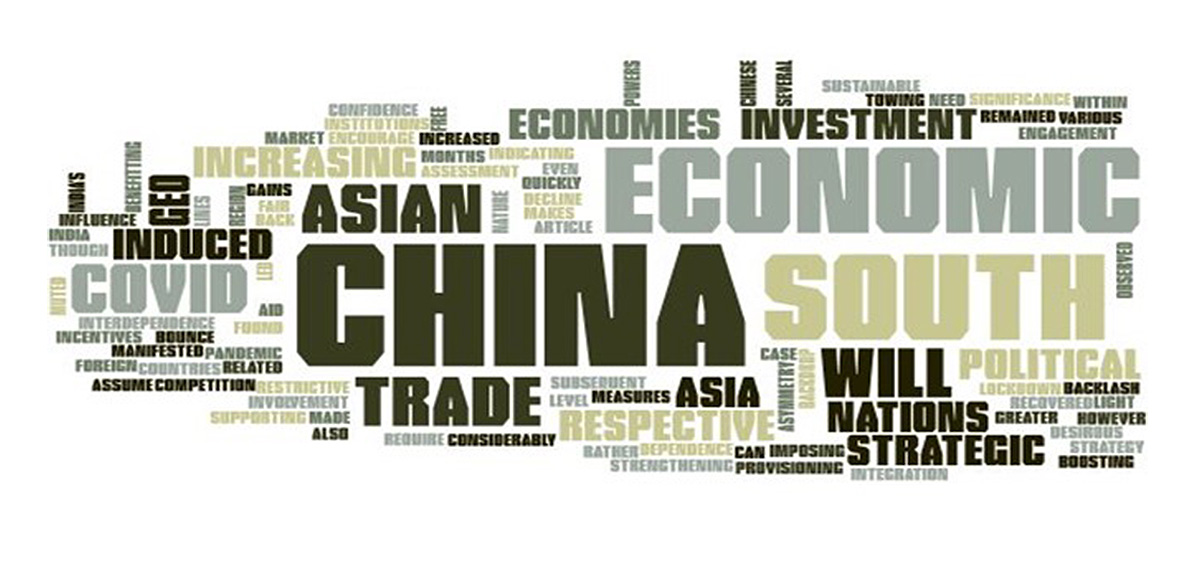Volume 5

Exchange Rate Volatility and Financial Stress: Evidence from Developing Asia
The study investigates the role of financial stress in triggering exchange rate volatility in developing Asia, where instability in financial markets contributes to the extent of exogenous shocks. We investigate volatility clustering in nominal exchange rate (NER) of dollar-denominated domestic currencies of developing Asia. Using country-level monthly time series data from 2006 to 2019 of NER and financial stress for seven representative economies of developing Asia, namely, Philippines, Indonesia, Mala...
Volume 4

Economic Interdependence Since COVID-19: China and South Asia
In the backdrop of COVID-19-induced geo-political backlash against China, the article makes an assessment of the nature of economic interdependence of South Asian nations with China. Though COVID-19-induced lockdown led to a decline in trade with China, it recovered quickly in subsequent months. In the case of India, even after imposing restrictive measures, trade with China was found to bounce back indicating to a greater dependence on China. Further, asymmetry in economic engagement with China could be...
Volume 1

Assessment of Overseas Subsidiary Survival in Chinese Provinces: A Longitudinal Study of Indian Multinationals
This study provides a longitudinal survival assessment of Indian subsidiaries in Chinese provinces. We construct a panel dataset of Indian subsidiaries operating in Chinese provinces during 2004–2017 and examine survival using a panel probit model and Cox regression. The results support the real options perspective, the economic geography approach and the institution-based view. Subsidiary exits were associated with smaller size, albeit higher in the manufacturing sector. There is a positive impact of ...